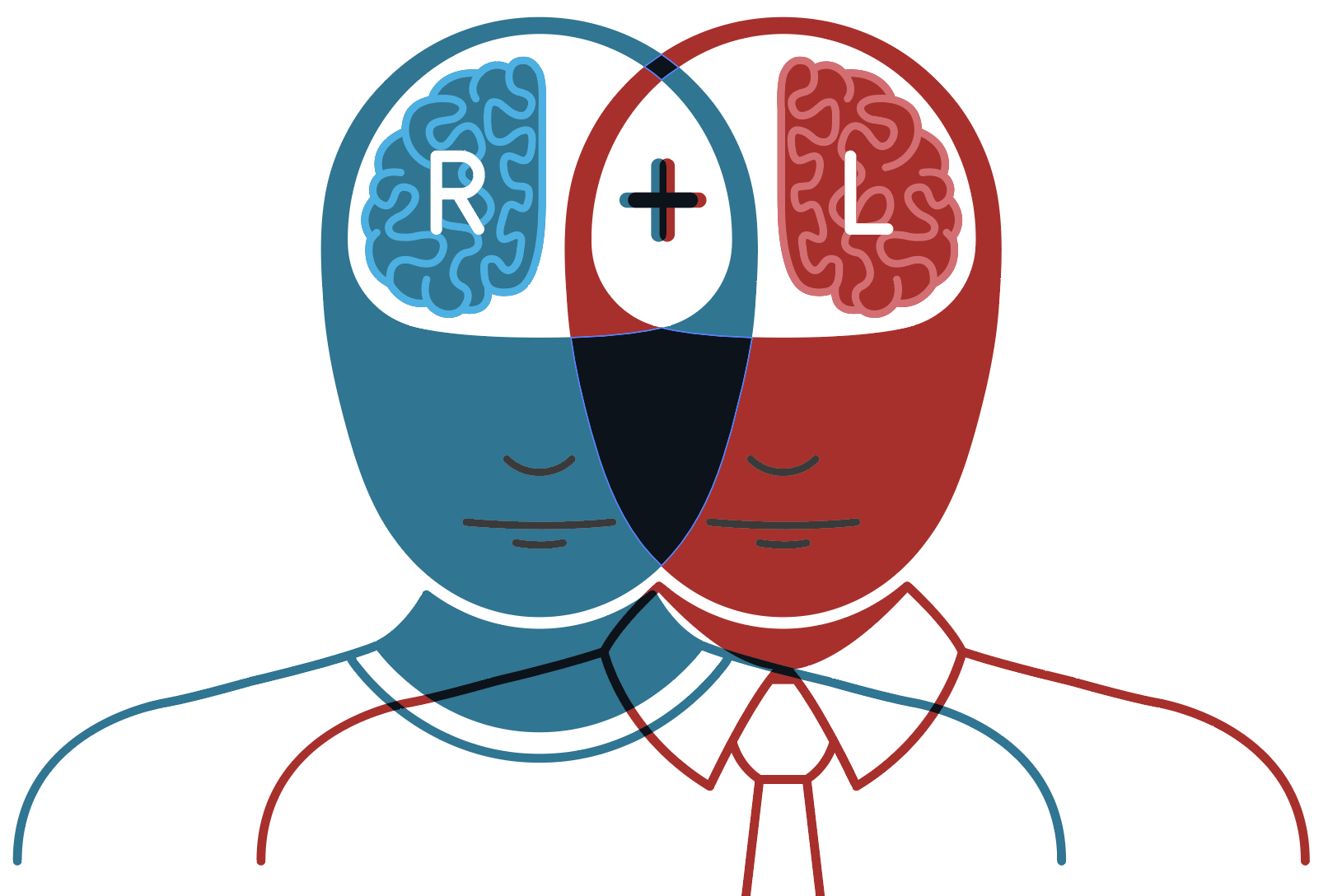We go to great lengths to get to know consumers of our clients’ products or services. We develop messaging that connects with the target audience on an emotional level. Then we try to uncover the best media to reach them. It is an approach better known as Account Planning, a fundamental part of our process that involves active client participation and collaboration.
Collaborating closely with our clients is a very important part of our methodology. We know that the synergy between our marketing expertise and our clients’ in-depth knowledge of their product, service, category, and industry creates the best environment for developing successful marketing strategies.
Account Planning
Often in the marketing strategy development process, every viewpoint is represented except, perhaps, that of the most important constituent – the customer. In a nutshell, what Account Planning tries to do is represent the consumer and provide insights into his/her behavior to determine a brand’s Uniquely Ownable Proposition. It involves listening to the consumer’s voice and integrating it into both the strategic as well as the creative components of marketing and advertising.



